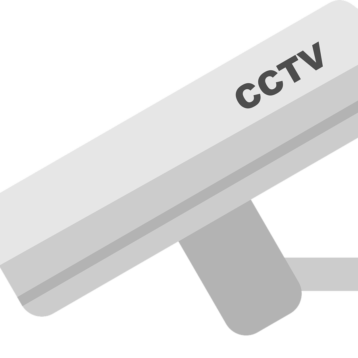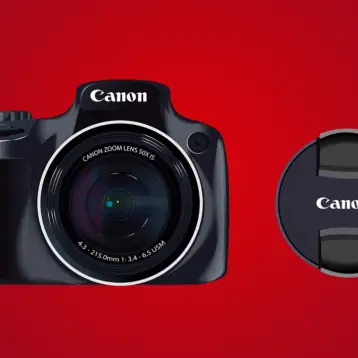Next-generation sequencing (NGS) has revolutionized the field of genomics by enabling rapid and cost-effective analysis of DNA and RNA. In fact, the global NGS market size accounted for a remarkable $7.6 billion in 2022, and its growth is projected to accelerate at a CAGR of 14.6%. By the year 2032, the market is expected to witness a substantial increase, registering an incremental revenue of $29.7 billion.
As the demand for NGS continues to grow, it is crucial to optimize the sequencing workflow to achieve reliable and reproducible results. Microplate technology has emerged as a valuable tool in enhancing NGS processes, streamlining sample preparation, enabling quantification and analysis, ensuring sample integrity, and accelerating sample processing.
In this post, we’ll explore the various microplate technologies and their contributions to enhancing NGS.

Microplate Washers: Streamlining Sample Preparation
In NGS workflows, sample preparation is a critical step that requires precise and efficient washing to remove contaminants and ensure high-quality sequencing libraries. Microplate washers are designed to automate this process, providing reliable and reproducible results.
With its variable wash settings and protocols, the microplate washer offers flexibility in tailoring the washing process to specific sample requirements. They effectively remove contaminants such as residual reagents, impurities, and unbound molecules, ensuring reliable and reproducible results in NGS applications.
One of the significant advantages of using microplate washers in NGS is the improved sample purity. By minimizing cross-contamination and eliminating unwanted substances, these washers help maintain the integrity of the DNA or RNA samples, leading to more accurate sequencing results.
Moreover, microplate washers contribute to increased throughput and time savings. Their automated functionality allows for parallel processing of multiple samples simultaneously, reducing hands-on time and enabling researchers to handle larger sample volumes efficiently.
Microplate Readers: Enabling Quantification and Analysis
Accurate quantification and analysis of nucleic acids and sequencing libraries are crucial for successful NGS experiments. Microplate readers, equipped with advanced optical detection systems and multi-mode detection options, provide a comprehensive solution for quantification and analysis.
Equipped with optical detection systems, microplate readers allow for accurate measurement of absorbance, fluorescence, and luminescence signals. This versatility enables researchers to quantify DNA, RNA, and protein concentrations, ensuring optimal sample preparation for NGS experiments. Additionally, the availability of multi-mode detection options expands the analytical possibilities, allowing for the assessment of various molecular parameters in a single run.
Advanced data analysis software integrated into microplate readers provides real-time monitoring and customizable data processing, enabling researchers to obtain reliable and actionable results. By facilitating the assessment of library quality, researchers can confidently proceed with sequencing, minimizing the risk of obtaining inaccurate or unreliable data.
Microplate Sealers: Ensuring Sample Integrity
Maintaining sample integrity is essential to prevent evaporation, contamination, and degradation during NGS workflows. Microplate sealers offer various sealing methods, including adhesive and heat seals, and cap mats, to ensure sample security. These sealers create a tight and reliable seal that protects samples during storage and processing.
Microplate sealers offer different sealing methods to accommodate diverse needs. Adhesive seals provide a cost-effective and easy-to-use solution, forming a tight seal by simply applying pressure. Heat seals utilize controlled heat to bond films or foils to the microplate, creating a robust and permanent seal. Cap mats, on the other hand, offer a convenient alternative for sealing individual wells without the need for specialized equipment.
By effectively sealing microplates, these devices ensure the stability and integrity of samples during storage and processing. They prevent evaporation, preserving the concentration of nucleic acids and other crucial components. Additionally, microplate sealers minimize the risk of contamination, safeguarding the samples against external contaminants that may compromise the accuracy of sequencing results.
Microplate Centrifuges: Accelerating Sample Preparation
Sample preparation in NGS often involves centrifugation steps, such as nucleic acid purification, sample concentration, and removal of particulates. Microplate centrifuges have been specifically designed to meet these requirements, offering rapid sample processing, efficient separation, and a compact design.
With rapid sample processing capabilities, microplate centrifuges enable efficient separation of components within the microplate wells. They utilize centrifugal force to quickly sediment particles, allowing for easy removal of particulates and debris. This ensures the purity of the samples, minimizing the risk of contamination and improving the overall quality of sequencing results.
The compact design of microplate centrifuges allows for the simultaneous processing of multiple samples, thereby increasing throughput and saving valuable time. Additionally, their versatility enables various applications in NGS, including the purification of nucleic acids and sequencing libraries, concentration and desalting of samples, and the removal of unwanted substances.

Final Thoughts
To enhance NGS workflows, microplate technology offers invaluable solutions. Microplate washers, readers, sealers, and centrifuges streamline sample preparation, enable precise analysis, ensure sample integrity, and accelerate processing.
With ongoing advancements, these tools are set to revolutionize genomics research, optimizing efficiency and accuracy. Embracing the power of microplate technology paves the way for exciting developments in NGS, driving breakthroughs in understanding the intricacies of genomics.










